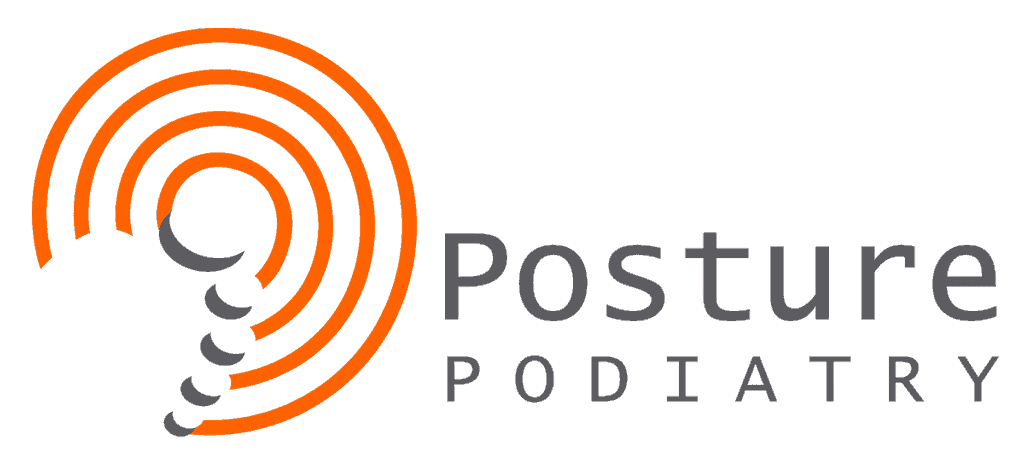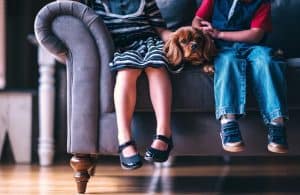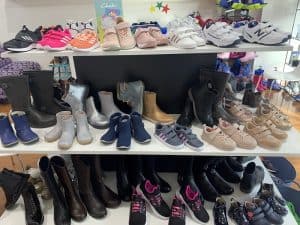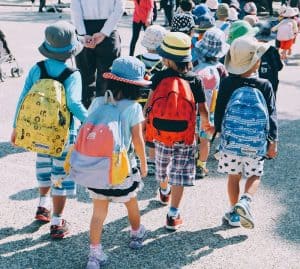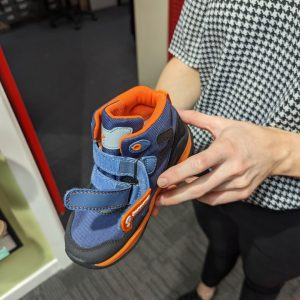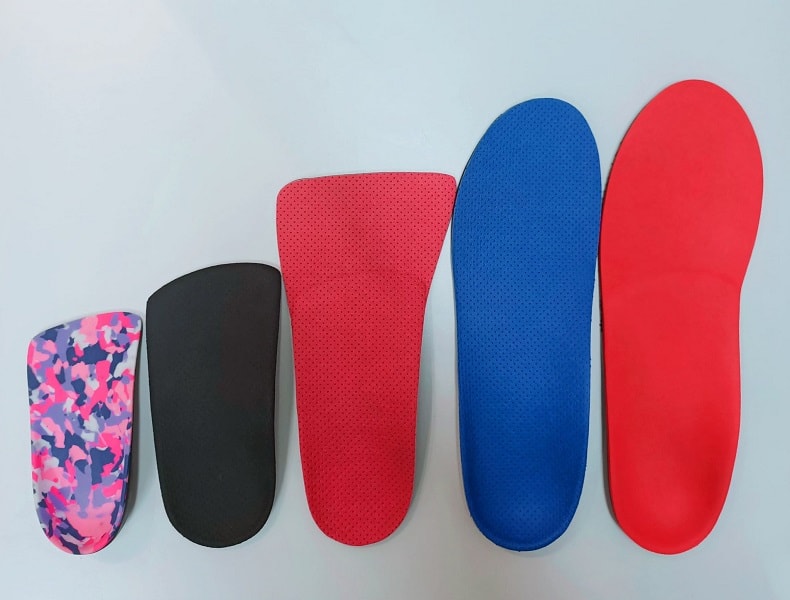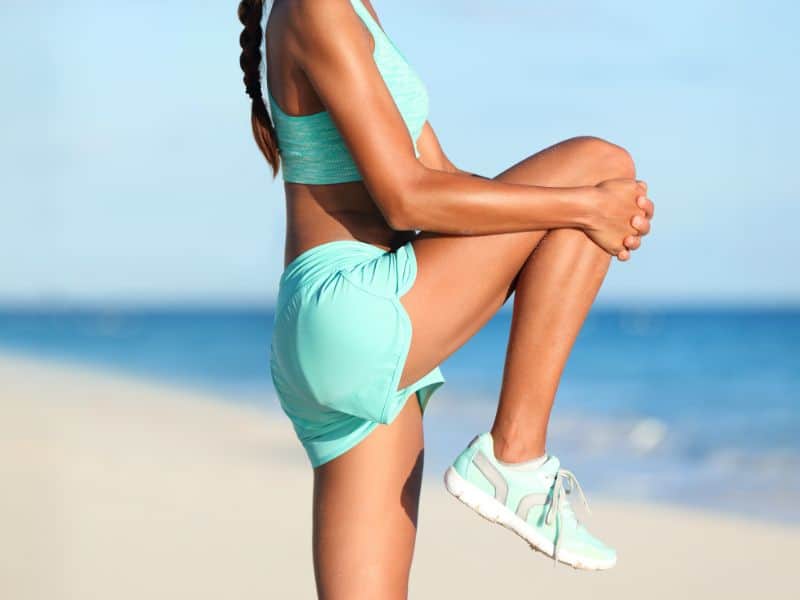Kids Shoes… Some Fitting Tips
What Type of Shoe Is Best?
With a multitude of shoes available for your child, it can become overwhelming when deciding what shoe to purchase. Unfortunately, there are a lot of children’s shoes available that aren’t the best choice for a growing foot. Understanding the key elements that make up a shoe and the specific criteria you can follow when purchasing a shoe, will greatly benefit your child’s foot. The brand of a shoe is irrelevant when coming to quality children’s shoes, there is not one brand that is the magic bullet. Keeping these points in mind when shopping, shoes can be found that will not only be appropriate but also cost effective.
The Fit of a Child’s Shoes
The most important factor for children’s shoes is ensuring the fit is correct. This means having them fitted professionally by someone trained in fitting children’s feet. If kids shoes are too small, the foot will be squashed leading to foot problems, possible discomfort and pain. A shoe too large and the foot will be swimming in the shoe which can lead to tripping and instability.
As children grow, we want to ensure shoes have sufficient room to accommodate some growth, but not too much. The general rule is a thumbs width clearance at the end of the longest toe, generally the first but sometimes the second toe. The shoe should also be wide enough in order not to compress the sides of the front of the foot.
Your child should also be properly measured and fitted for shoes every 3 to 6 month depending on the rate of growth. This doesn’t mean that you should change shoes every 3 months, but ensures that the current shoes still fit properly.
Need Advice on Footwear or Children’s Shoes?
Call 8362 5900 and ask about our special “Initial Low Gap or Gap Free* Assessment” for children.
The Last of Kids Shoes
The last, or sole, of the shoe should be relatively straight. This is because children’s feet are relatively straight and haven’t developed the curves that an adult’s foot may have. A straight last shoe will give your child the best support and stability for their feet.
What is the Best Fastening Mechanism for Footwear?
Shoe laces are the preferred choice of fastening. However, they can be quite troublesome for younger children. Where laces aren’t appropriate velcro or even a buckle are good options. Fastening mechanisms help keep the foot stable in the heel of the shoe. This allows the forefoot to function properly and efficiently. It also reduces the amount the foot moves or slides in the shoe and reduces pressure on the toes.
If purchasing a sandal, look for two adjustable straps – one across the forefoot and one to secure the foot in the back of the sandal. This allows for optimal comfort, control and support.
Where Should Kids Shoes Bend or Flex?
The shoe should only bend where the foot naturally bends, through the ball of the forefoot. If you can squish the shoe between your hands, this is too much bend and means the shoe is not supportive enough. There should be a slight amount of bending through the forefoot.
Need Advice on Footwear or Children’s Shoes?
Call 8362 5900 and ask about our special “Initial Low Gap or Gap Free* Assessment” for children.
Heel Counter Support
The heel counter should be firm and feel snug as this helps the foot remain stable in the shoe. Some heel counters are made out of a thermoplastic, whilst some cheaper shoes may use a cardboard heel counter. The heel counter is essential at keeping the foot supported, and if this starts to deteriorate it is time to replace the shoe.
Upper Material of Shoes
The role of the upper is to protect the foot. A leather upper will be more durable and breathable than most other materials, but will be heavier. Try and avoid man-made synthetic uppers, as they will make the feet sweat more. For lighter materials, a mesh or knitted upper is more breathable, but won’t be as durable. Pick the upper depending on the use of the shoe. For a child that runs around all the time and tends to wear through shoes, a leather upper would be advised.
Shock-Absorbing Sole
A soft, cushioning non-slip sole is the preferred choice of sole. This type of sole decreases the forces through the foot, leg and spine. Try to avoid hard materials for the sole such as leather, as this type of sole will increase forces.
Need Advice on Footwear or Children’s Shoes?
Call 8362 5900 and ask about our special “Initial Low Gap or Gap Free* Assessment” for children.
Torsion
Only a small amount of twisting motion should be available in the shoe. Your feet don’t naturally twist too much, so the shoe should be stable enough to prevent this motion occurring to avoid midfoot and ankle sprains.
Heel Height
The heel height of the shoe should preferably be around 10 to 25mm. Increasing heel height increases the forces and load through the forefoot. This causes the body’s centre of gravity to shift forward causing the calf muscles to shorten. Muscles and ligaments begin to fatigue as they are forced to work overtime to keep feet stable and balanced. Increased stress is placed on the lower back which alters body position and posture.
Heel Base
Look for a broad heel base. The smaller and narrower the heel base, the less contact with the ground, which affects stability and balance.
These are just a few things to keep in mind when purchasing a child shoes. If you follow these tips, you will be able to find a great shoe for your child and know they are in a shoe that will support their feet the best. If you have any concerns regarding shoe suitability, then consult your Podiatrist.
Need Advice on Footwear or Children’s Shoes?
Call 8362 5900 and ask about our special “Initial Low Gap or Gap Free* Assessment” for children.
A Helpful Checklist to Ensure You Choose the Right Shoe:
Did you bring your child’s uniform-issued school socks or stockings to ensure the shoes fit well with them? – YES or NO?
Have your child’s feet been measured correctly for length and width? E.g. at a store that offers trained assistants or by a Podiatrist? – YES or NO?
Can your child wiggle their toes freely in the shoes, both up and down and side to side? – YES or NO?
Do the shoes match their activities and the season? E.g. breathable material such as leather for school shoes and cotton or nylon for sports shoes. – YES or NO?
Is there at least 10mm of growing room (no more!) between the end of their longest toe and the end of the shoe? – YES or NO?
Do the shoes have laces, a buckle or Velcro? This allows the shoe to be adjusted to meet the growing needs of your child. Avoid elastic shoes and slip-ons as these don’t support developing young feet. – YES or NO?
If you’ve answered ‘YES’ to all the above questions, chances are you’re ready to make the right purchase.
Need Advice on Footwear or Children’s Shoes?
Call 8362 5900 and ask about our special “Initial Low Gap or Gap Free* Assessment” for children.
